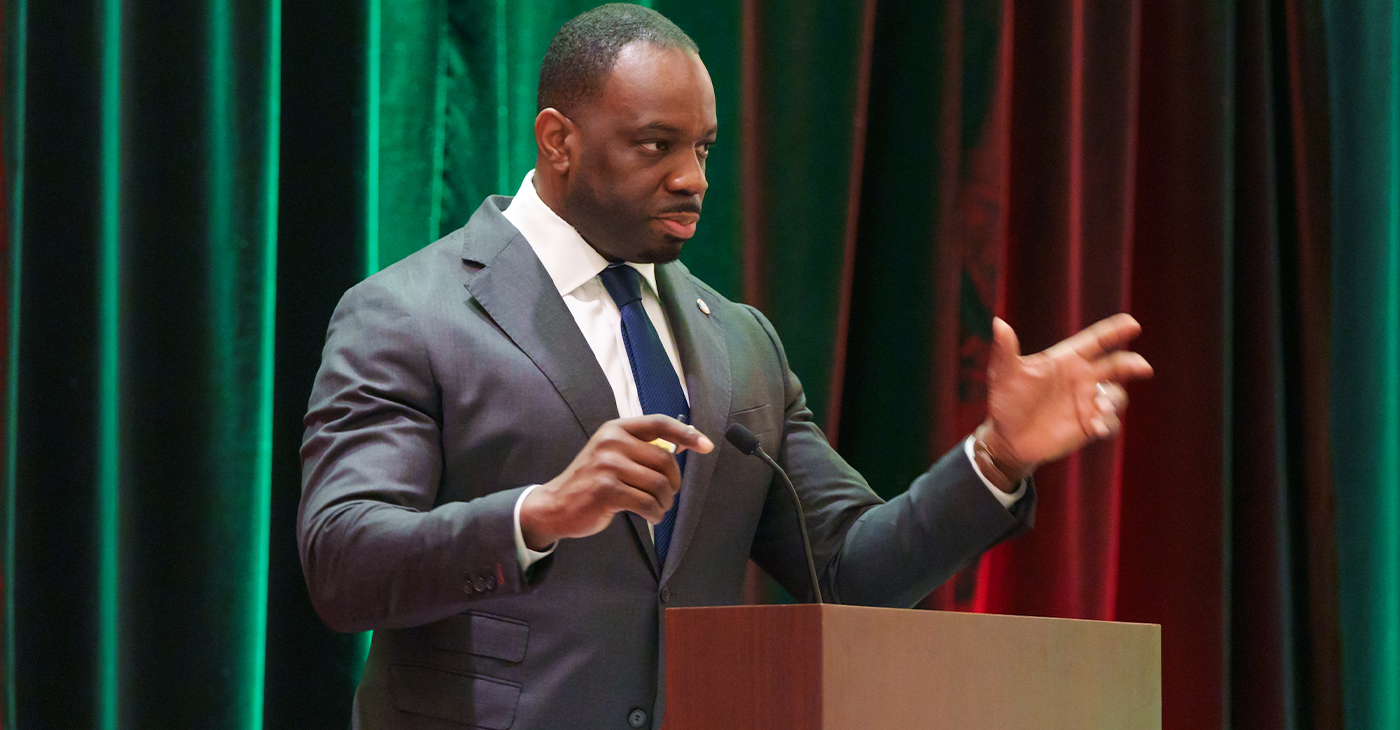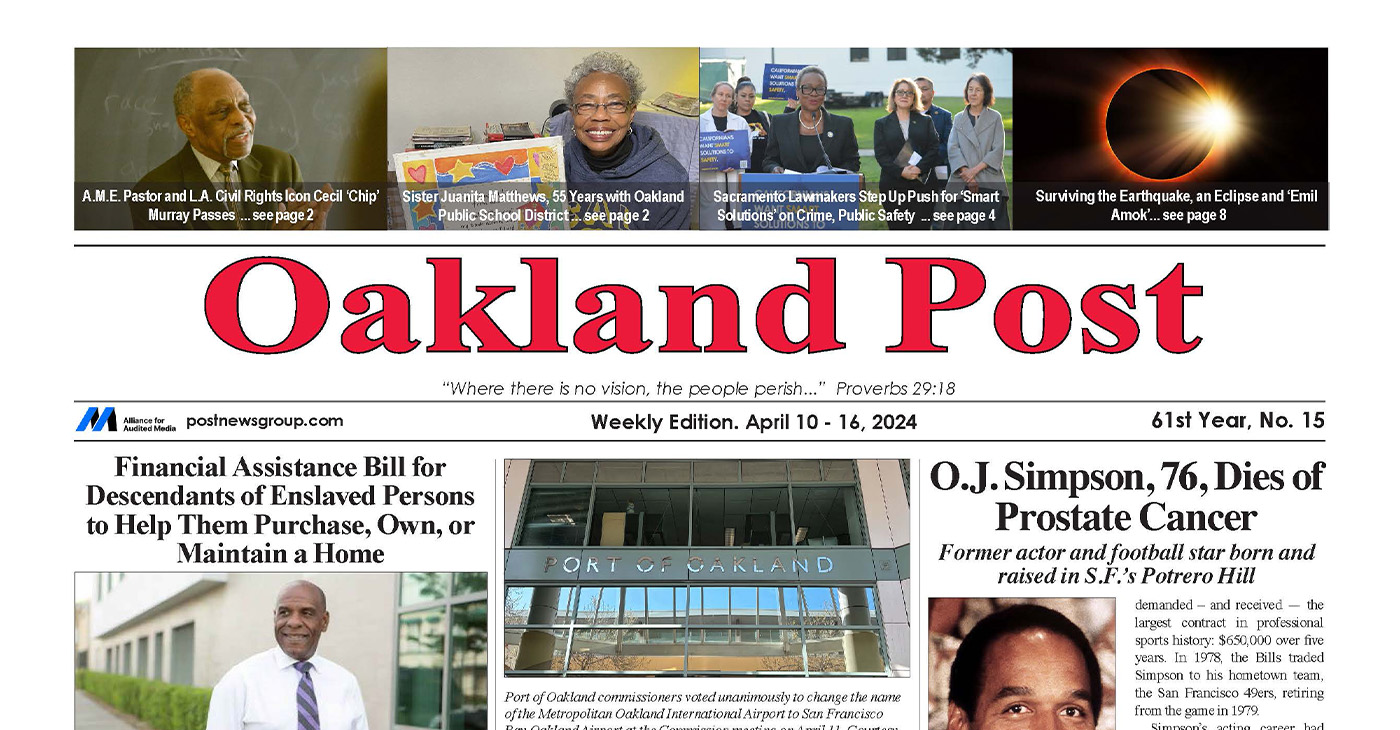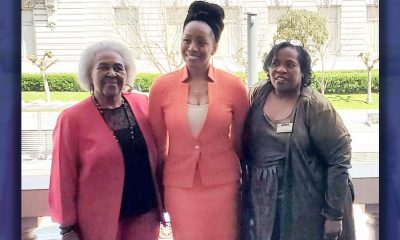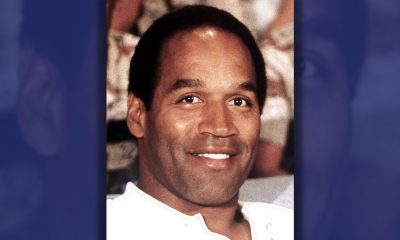Economics
The Transbay Joint Powers Authority Can Do Better By Maria Ayerdi Kaplan

Photo by Photo by TJPA (Transbay Joint Powers Authority)
Salesforce Transit Center, or what I call “The House That Maria Ayerdi Kaplan built,” and that opened to much fanfare on August 12th of this year, has been closed since September 25th, when the Transbay Joint Powers Authority (TJPA) announced that fissures were discovered in one of the “steel beams in the ceiling of the third level Bus Deck on the eastern side of the Salesforce Transit Center near Fremont Street.”
Rather than get to the bottom of the problem, it appears as if there’s an effort to avoid the truth.
I assert that there is an effort underway to avoid telling the absolute truth regarding what happened to cause those cracks in the pair of steel beams in the Transit Center, and to have Ms. Kaplan, a Latina executive who’s work was celebrated by the late San Francisco Mayor Ed Lees and Willie Brown, shoulder public blame for something that was not her fault.
Shortly after that steel cracking discovery by the TJPA, and after the first inpection done with Webcor/Obayashi and structural engineers Thornton Tomasetti, another crack was found in an adjacent beam.
Instead of forming a commission to determine exactly how the problem started, and taking a wholistic look at Salesforce Transit Center’s design, the steel cracking problem has ignited a process where only part of the whole universe of information is presented, and that portion points to documents and actions that took place in years up to 2016.
Then, Webcor/Obayashi filed a lawsuit against the TJPA for $150 million, rather than call for any comprehensive look at what happened to the facility. Instead, Webcor/Obayashi’s lawsuit tries to paint a picture of incompetence and mentions only the TJPA under its now former executive director Maria Ayerdi Kaplan, while ignoring actions and documents done after her depature in July of 2016.
What’s interesting, is the TJPA’s “dump” of information for the press appears to go along with what the Webcor/Obayashi’s lawsuit is trying to say: few of the documents in the press and public files area focus on anything that happened in 2017 and don’t even mention the decisions of the “Cost Review Committee” , which was established August 24th of 2016 – after Kaplan’s retired from the TJPA. Have a look at the files here, and look at the specific document date, not the date of upload of the files:
HYPERLINK “https://transbaycenter.app.box.com/s/sfivpl21ii3h27ahbhmhd04uonq5nv5d”https://transbaycenter.app.box.com/s/sfivpl21ii3h27ahbhmhd04uonq5nv5d
And then look at the press release on the steel fissure announcement that came out on September 26th 2015-2018: HYPERLINK “https://tjpa.org/uploads/2018/09/9.26.18-Press-Release-Temporary-Closure-of-Salesforce-Transit-Center-with-pics.pdf”https://tjpa.org/uploads/2018/09/9.26.18-Press-Release-Temporary-Closure-of-Salesforce-Transit-Center-with-pics.pdf
The press release includes a photo of the steel beam that was found to have a crack in it, just after installation and initial inspection, but that photo does not have a specific date on it, though it seems to match documents from 2015. Then the same press release has a photos dated September 25th 2015-2018 of the beam with the fireproofing intact and then with it removed.
Since the beam had no problems when it was initially inspected in 2015, why would the TJPA ignore any actions that may have caused the beams to crack after the facility was opened? There’s a long span of time between 2015 and 2018 – but the documents don’t present complete information to match that span of time. Why?
Exactly What Happened To Salesforce Transit Center On It’s Grand Opening Week?
The 1992 study “ HYPERLINK “http://www.dtic.mil/dtic/tr/fulltext/u2/a252821.pdf” Three Case Histories of Cracking Problems Associated with Steel Bridge Floor Beams” written by the University of Illinois Department of Transportation looks at examples of cracks that developed in steel beams of bridges and concludes that vehicle movement along the bridges caused the fissures, but that they “were not detremental to the structural integrity of the floor system” yet called for fixes to eliminate the problem.
I point to that study because for all practical purposes Salesforce Transit Center is a kind of bridge for buses over six blocks of land, but on top of that bus ramp is a 5.4 acre park. So, unlike most bridges, which have one set of vibration forces to sustain from vehicles, the Transit Center has two: buses and people moving – walking around and at times dancing above it. There’s not one document in the TJPA file dump that points to any analysis that was done of the impact of these types of loads on the structure that is Salesforce Transit Center.
In other words, did anyone bother to test how the strucure would behave with buses driving in, stopping, then going out, and thousands and thousands of people milling about on the roof, at the same time? There’s nothing in the TJPA files to suggest that kind of comprehensive testing was done – the kind that calls for a type of mathmatical model of the Salesforce Transit Center as a whole to be put through a computer-simulated stress test.
There are lists of tests of individual parts of the Transit Center that were done, but not one example of the kind of simulation I referred to, and can be done. Does the TJPA have that information? If so, they’ve not presented it or addressed its existence to date. One should not have to ask for it, it should be part of the TJPA file dump the press and public are presented. And for one reason: the impact of harmonic motion on bridge design.
Harmonic Motion Is A Factor In Bridge Stress That Must Be Considered In The Transit Center
History is rich with examples of bridges failing due to harmonic motion caused by a number of factors, beyond cars and people, and including the wind and the earth itself. A giant, multi-billion-dollar facility like Salesforce Transit Center should have been the focus of large-scale structural simulations including the following forces: vehicles, people, wind, rain, and earth movement.
The questions are was that kind of test done, and if so, when and where is it? Right now, there’s no evidence such a process ever took place. Instead, we have a sad effort to falsely incriminate the one person who’s hard work made Salesforce Transit Center a reality in the first place. The TJPA should make every effort to clear Maria Ayerdi Kaplan’s name, and not damage it.
In closing, Ms. Ayerdi’s story is told in full at Oakland New Now <a href=”https://oaklandnewsnow.com/index.php/2018/08/26/maria-ayerdi-kaplan-developer-of-salesforce-transit-center-part-one-of-her-story/“>here</a>:
Business
Black Business Summit Focuses on Equity, Access and Data
The California African American Chamber of Commerce hosted its second annual “State of the California African American Economy Summit,” with the aim of bolstering Black economic influence through education and fellowship. Held Jan. 24 to Jan. 25 at the Westin Los Angeles Airport Hotel, the convention brought together some of the most influential Black business leaders, policy makers and economic thinkers in the state. The discussions focused on a wide range of economic topics pertinent to California’s African American business community, including policy, government contracts, and equity, and more.

By Solomon O. Smith, California Black Media
The California African American Chamber of Commerce hosted its second annual “State of the California African American Economy Summit,” with the aim of bolstering Black economic influence through education and fellowship.
Held Jan. 24 to Jan. 25 at the Westin Los Angeles Airport Hotel, the convention brought together some of the most influential Black business leaders, policy makers and economic thinkers in the state. The discussions focused on a wide range of economic topics pertinent to California’s African American business community, including policy, government contracts, and equity, and more.
Toks Omishakin, Secretary of the California State Transportation Agency (CALSTA) was a guest at the event. He told attendees about his department’s efforts to increase access for Black business owners.
“One thing I’m taking away from this for sure is we’re going to have to do a better job of connecting through your chambers of all these opportunities of billions of dollars that are coming down the pike. I’m honestly disappointed that people don’t know, so we’ll do better,” said Omishakin.
Lueathel Seawood, the president of the African American Chamber of Commerce of San Joaquin County, expressed frustration with obtaining federal contracts for small businesses, and completing the process. She observed that once a small business was certified as DBE, a Disadvantaged Business Enterprises, there was little help getting to the next step.
Omishakin admitted there is more work to be done to help them complete the process and include them in upcoming projects. However, the high-speed rail system expansion by the California High-Speed Rail Authority has set a goal of 30% participation from small businesses — only 10 percent is set aside for DBE.
The importance of Diversity, Equity and Inclusion (DEI) in economics was reinforced during the “State of the California Economy” talk led by author and economist Julianne Malveaux, and Anthony Asadullah Samad, Executive Director of the Mervyn Dymally African American Political and Economic Institute (MDAAPEI) at California State University, Dominguez Hills.
Assaults on DEI disproportionately affect women of color and Black women, according to Malveaux. When asked what role the loss of DEI might serve in economics, she suggested a more sinister purpose.
“The genesis of all this is anti-blackness. So, your question about how this fits into the economy is economic exclusion, that essentially has been promoted as public policy,” said Malveaux.
The most anticipated speaker at the event was Janice Bryant Howroyd known affectionately to her peers as “JBH.” She is one of the first Black women to run and own a multi-billion-dollar company. Her company ActOne Group, is one of the largest, and most recognized, hiring, staffing and human resources firms in the world. She is the author of “Acting Up” and has a profile on Forbes.
Chairman of the board of directors of the California African American Chamber of Commerce, Timothy Alan Simon, a lawyer and the first Black Appointments Secretary in the Office of the Governor of California, moderated. They discussed the state of Black entrepreneurship in the country and Howroyd gave advice to other business owners.
“We look to inspire and educate,” said Howroyd. “Inspiration is great but when I’ve got people’s attention, I want to teach them something.”
Activism
Oakland Post: Week of April 17 – 23, 2024
The printed Weekly Edition of the Oakland Post: Week of April 17 – 23, 2024

To enlarge your view of this issue, use the slider, magnifying glass icon or full page icon in the lower right corner of the browser window. ![]()
Activism
Oakland Post: Week of April 10 – 16, 2024
The printed Weekly Edition of the Oakland Post: Week of April 10 – 16, 2024

To enlarge your view of this issue, use the slider, magnifying glass icon or full page icon in the lower right corner of the browser window. ![]()
-

 Activism4 weeks ago
Activism4 weeks agoOakland Post: Week of March 27 – April 2, 2024
-

 #NNPA BlackPress4 weeks ago
#NNPA BlackPress4 weeks agoCOMMENTARY: D.C. Crime Bill Fails to Address Root Causes of Violence and Incarceration
-

 #NNPA BlackPress4 weeks ago
#NNPA BlackPress4 weeks agoFrom Raids to Revelations: The Dark Turn in Sean ‘Diddy’ Combs’ Saga
-

 #NNPA BlackPress4 weeks ago
#NNPA BlackPress4 weeks agoCOMMENTARY: Lady Day and The Lights!
-

 #NNPA BlackPress4 weeks ago
#NNPA BlackPress4 weeks agoMayor, City Council President React to May 31 Closing of Birmingham-Southern College
-

 #NNPA BlackPress4 weeks ago
#NNPA BlackPress4 weeks agoBaltimore Key Bridge Catastrophe: A City’s Heartbreak and a Nation’s Alarm
-

 #NNPA BlackPress4 weeks ago
#NNPA BlackPress4 weeks agoBaltimore’s Key Bridge Struck by Ship, Collapses into Water
-

 #NNPA BlackPress4 weeks ago
#NNPA BlackPress4 weeks agoBeloved Actor and Activist Louis Cameron Gossett Jr. Dies at 87


















































